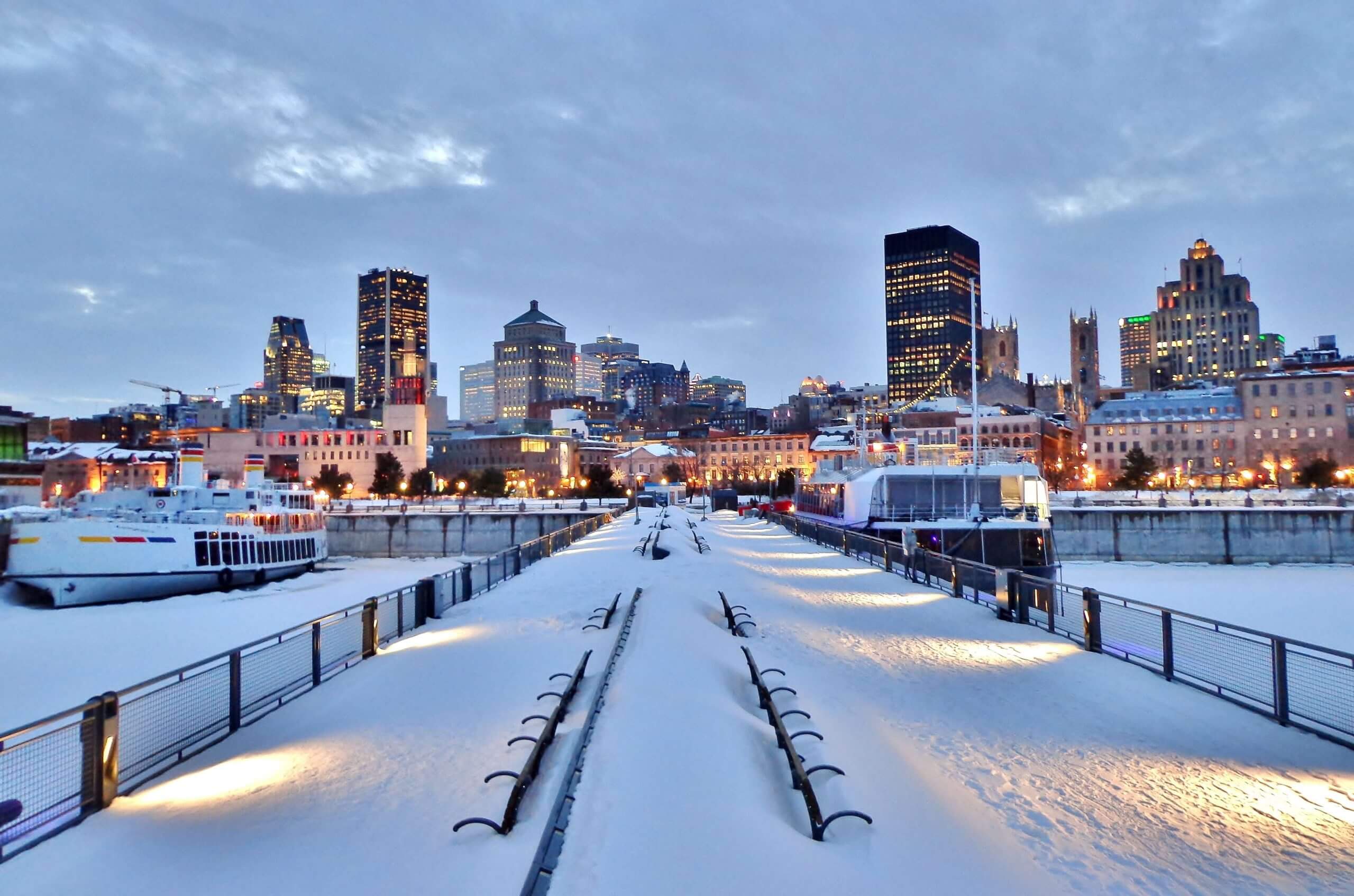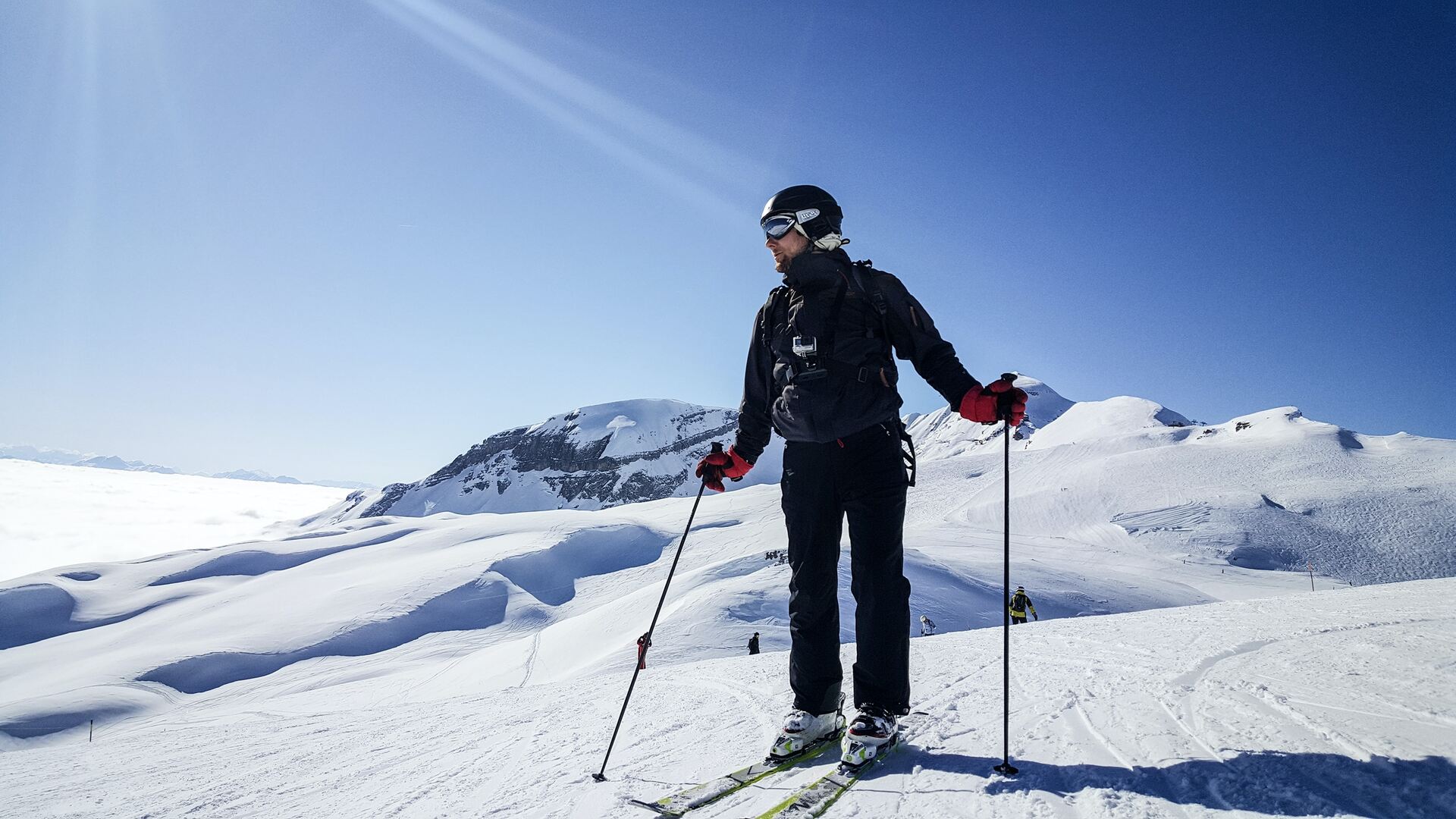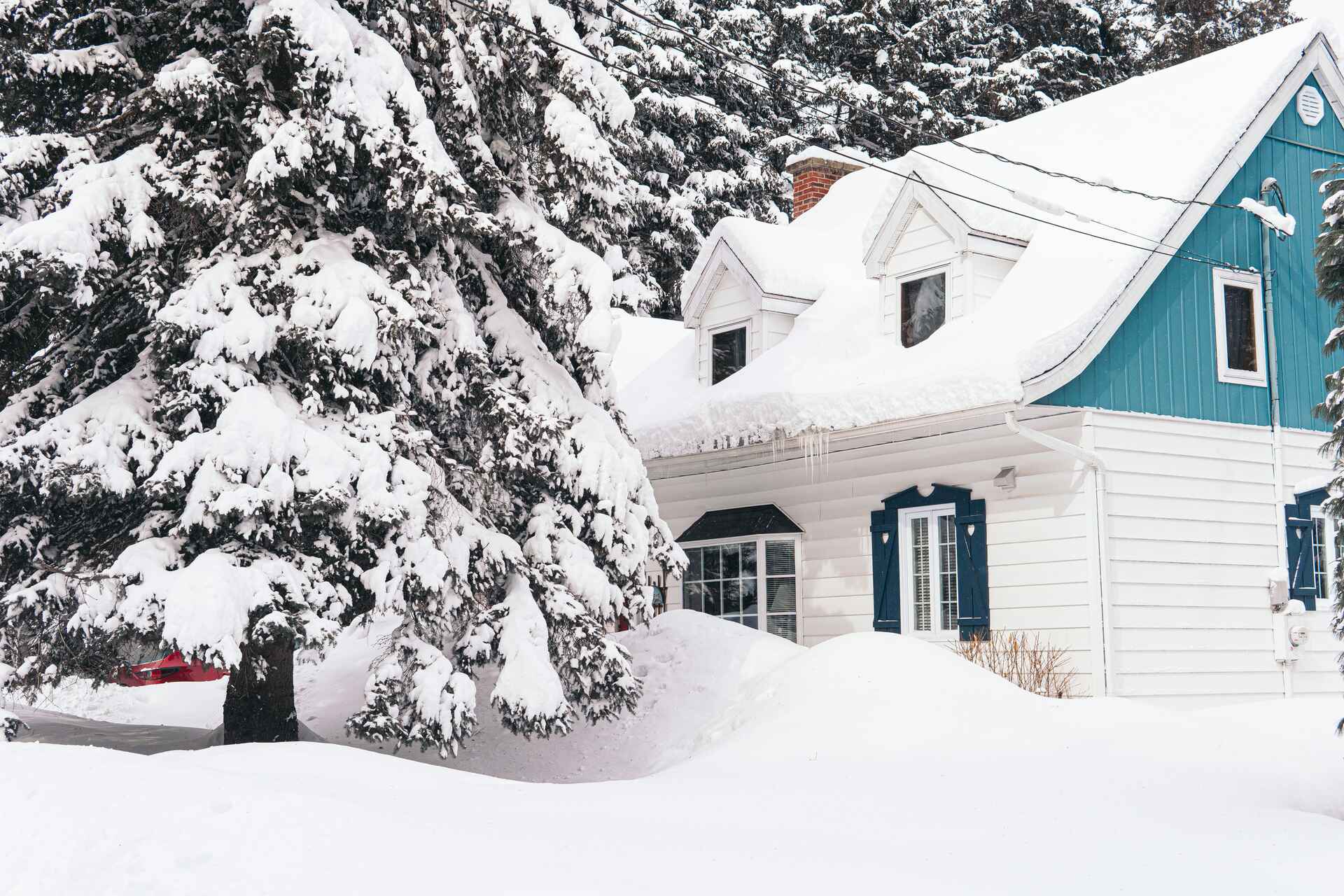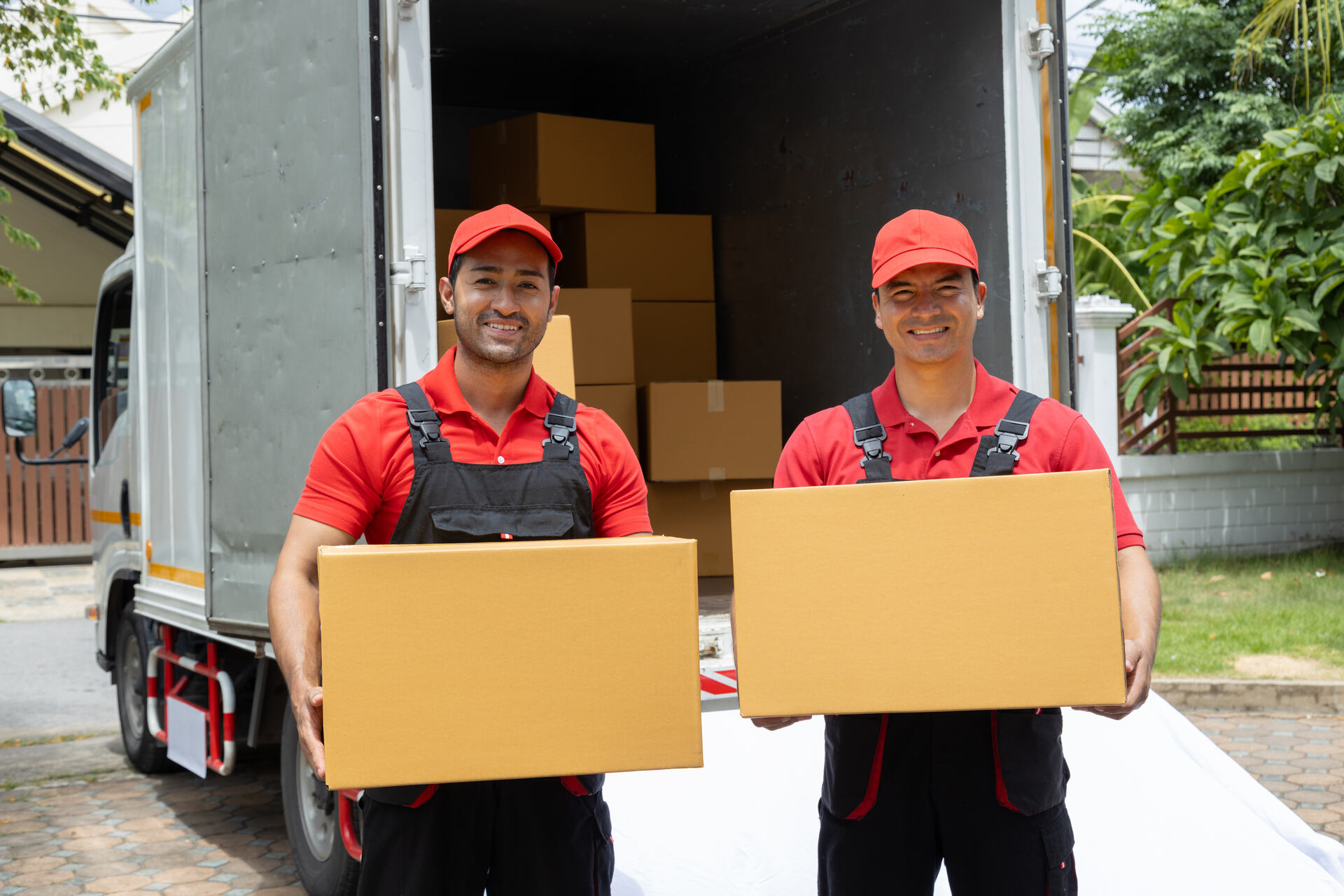Relocating internationally to a colder climate can be a unique adventure, but it also presents distinctive challenges – various aspects require careful consideration to ensure a smooth transition. These essential tips for moving to a cold climate aim to equip you with valuable insights, helping you navigate this significant change effectively. Embrace the beauty of your snowy destination while ensuring you’re adequately prepared for the lifestyle changes ahead!

When you start planning a relocation to a new country with a cold climate with a trusted overseas moving company (and their moving services by your side), it’s crucial to implement a few basic relocation tips that will help you adjust. First, you need to understand the climate of another country. Adapt your wardrobe before you pack clothes for shipping, and try to acclimate to the cold before the moving day. You’ll also need to winterize your home and learn about local infrastructure, so you can be prepared in case of an emergency.
The Reality of Cold Climates – What You Should Know Before Moving Overseas
Living abroad in a cold climate is a reality brimming with as many truths as it is with myths. One enduring belief is that cold climates are persistently bleak and inhospitable. While it’s true that winters can be harsh, with extended periods of darkness and subzero temperatures, this isn’t the whole story – there are many reasons to move to a colder climate. Cold regions often exhibit remarkable beauty, from ethereal Northern Lights to snow-dusted landscapes that sparkle under the winter sun.
Life adapts, with local fauna evolving to survive and often thriving in these conditions, creating unique ecosystems that expat communities love. A common myth is that outdoor activities are greatly limited. On the contrary, winter sports like skiing, snowboarding, ice fishing, and dog sledding offer unique recreational opportunities. People often find great joy and experience the health benefits of relocating due to engaging in these activities, making the most of the cold season.
Health effects, however, can be a mixed bag. Some believe that cold weather automatically leads to illness. In reality, while certain conditions like hypothermia and frostbite are a risk, cold weather does not directly cause common colds or flu.
On a social level, there’s a myth that cold climates result in isolated, unfriendly communities. Quite the opposite – in many places, the shared challenge of the cold fosters a strong sense of community and camaraderie. So, while living in another country where the climate is cold isn’t without challenges, it can also be full of unexpected rewards and beauty.

Tip 1: Understand the Climate of Your Destination
Relocating to a cold climate internationally entails more than just organizing packing to include warmer clothes – it requires an understanding of the destination’s specific climate and preparedness for adjusting to a new country that will follow. Firstly, a cold climate can cover a range of conditions. It might mean long, snowy winters like those found in Scandinavia or a more temperate, wet cold as in the UK.
Research the average temperatures for each season, the levels of snowfall or rainfall, and the number of daylight hours. This knowledge is crucial in preparing for the daily realities of life and the appropriate attire to withstand them.
Different Climate Comes With Cultural Adjustment as Well
Beyond physical acclimatization, expect a cultural adjustment or even a culture shock. Different cultures have varying approaches to cold climates. For instance, the Danish concept of “hygge” is all about creating warmth and coziness in the cold months, while the Swedish “friluftsliv,” or “open-air living,” encourages embracing outdoor activities, even in frigid conditions. Understanding such cultural attitudes towards the cold can help smooth your transition and integration.
Remember to also consider the impact on your lifestyle and health. Cold weather can affect mood and physical health in various ways. Access to healthcare, indoor heating and insulation, local diets, and social opportunities during winter months are important factors to examine when relocating abroad.

Tip 2: Adapt Your Wardrobe
So, how to adjust to cold weather? Adapting your wardrobe is of utmost importance when relocating to a cold climate. The right clothing not only protects you from harsh weather conditions but also ensures comfort and health. Dressing for the cold is about more than just staying warm – it’s about staying dry and controlling heat loss.
Key Items to Have When You’re Adjusting to Cold Weather
Understanding the principle of layering is essential. It allows for flexibility to adjust to varying conditions and activity levels. A base layer wicks sweat away from the skin, a mid-layer provides insulation, and an outer layer shields from wind and rain. This method, adopted by outdoor enthusiasts and locals in cold regions alike, ensures a comfort zone in a wide range of temperatures. Here are the relocation essentials you should definitely pack for a move (or let your packers do it as a part of packing assistance):
- Insulated and waterproof boots – Footwear designed to keep your feet dry and warm is a must.
- Warm socks – Preferably wool or synthetic, which provide better heat insulation and moisture control.
- Layering essentials – Including thermal undergarments, fleece jackets, and breathable tops.
- Waterproof and insulated outerwear – A good quality winter coat or parka is indispensable.
- Useful accessories – Gloves or mittens, a warm hat covering your ears, and a scarf to protect your face.
- Moisturizing skincare products – Cold weather can dry out your skin, so good skincare is crucial.
Tip 3: Try Acclimating to the Cold Before Arriving
Acclimating to a cold climate before you arrive can make your transition smoother. It’s not just about enduring the cold – it’s about learning to live with it and even enjoy it. Start by slowly exposing yourself to lower temperatures in your current location. This gradual exposure can help your body adjust and learn to generate heat more efficiently.
If possible, visit your destination several times throughout the year once you decide where to live. Experiencing the climate firsthand will not only give you a sense of what to expect but will also provide insight into how the locals live day-to-day life in such conditions. Observing and adopting local behaviors, clothing styles, and attitudes toward the cold can be invaluable.
Health Considerations When Adapting to Cold Climates
Health considerations are crucial during this acclimatization process. The cold can exacerbate certain health conditions, such as asthma and arthritis, and it can impact cardiovascular and respiratory health. So, it’s advisable to have a medical check-up before relocating and discuss any concerns or pre-existing conditions with your doctor.
Furthermore, it’s essential to maintain a healthy lifestyle when living in a cold climate to boost your immune system and resilience. Regular exercise, a balanced diet, and adequate hydration are more important than ever when adapting to cold climates.
Embrace Cold Weather Activities for Adaptation
Embracing cold weather activities can significantly aid your adaptation. Getting involved in winter sports like skiing, ice skating, or snowshoeing encourages you to get outside and enjoy the cold rather than fear it. These activities not only help you stay physically fit but can also enhance your mood, countering the possible effects of Seasonal Affective Disorder (SAD) that some people experience in winter months.
Lastly, never underestimate the power of a positive mindset. Adapting to a new climate is a challenge, but it’s also an adventure. Embracing this adventure with enthusiasm and an open mind can make all the difference in your experience.

Tip 4: Winterize Your Home
Winterizing your home is a vital step in preparing for life in a cold climate. This not only keeps your home warm but also helps reduce energy costs and protect your home from potential cold weather damage.
Tips on Making Your New Home Suitable for Living in a Cold Climate
One fundamental aspect of winterizing is insulation. Ensure that your home’s insulation is up to standard, particularly in the attic and walls. This can drastically reduce heat loss. Also, check windows and doors for drafts and consider adding weatherstripping for extra insulation.
Heating systems are, of course, crucial. Have your heating system inspected and serviced before the cold hits to ensure it’s in optimal condition. Consider investing in a programmable thermostat to maintain a comfortable temperature and save energy when you’re not home. Plumbing is another key area. Drain outdoor hoses and faucets to prevent freezing and bursting. For the interior, insulate pipes, particularly those in colder areas like basements and garages, to protect them from freezing.
Key Points to Consider When Looking for a House in a Cold Climate
When house hunting in a cold climate, several key points can make your life significantly easier and more comfortable. Prioritize energy-efficient homes that have good insulation and high-quality windows. These properties are not only more environmentally friendly but can also provide substantial savings in heating costs over time.
Look into the condition and type of the home’s heating system – gas is typically cheaper than electricity, and a wood-burning stove can add both warmth and a cozy atmosphere. The orientation of the home matters as well. South-facing properties get more sunlight and can benefit from passive solar heating, a significant plus during shorter winter days.
Consider the practicalities of snow management, including the layout of the driveway and whether there’s enough space for snow storage – having a garage for your car is a clear bonus. Finally, think about the home’s proximity to essential services. In case of severe weather, you’ll appreciate living near grocery stores, hospitals, and public transportation. These factors can make all the difference when adapting to a new, cold climate.

Tip 5: Learn More About the Local Infrastructure
Understanding the local infrastructure and services in a cold climate is pivotal for seamless day-to-day living and potential emergency situations. In regions with heavy snowfall and freezing temperatures, infrastructure like road quality, snow removal services, and public transport reliability can greatly impact daily commutes, access to necessities, and general mobility.
Being familiar with these services, their schedules, and how they’re affected during extreme weather can make winter months more manageable. Healthcare facilities, grocery stores, and utilities should be investigated too. Confirm the reliability of essential utilities like water, electricity, and heating, as these can sometimes be disrupted in severe weather conditions.
How to Live in Cold Weather and Deal With Potential Emergencies
Preparing for potential emergencies is another important consideration. Severe weather can sometimes lead to power outages, inaccessible roads, or other unexpected challenges. It’s advisable to familiarize yourself with the local emergency services and their protocols and to have a personal emergency plan in place. This plan might include maintaining a stock of essential supplies like food, water, and medicines, knowing how to manually control your heating system in case of power loss, and understanding the best ways to communicate or travel during a crisis.

Moving to a Cold Climate With Confidence and Excitement Is Possible With I Love International Moving
Moving internationally to a cold climate can seem like a daunting task, filled with unique challenges and adjustments. However, with the right support for shipping overseas, it can be an exciting adventure filled with potential and discovery. This is where I Love International Moving comes into play. As a trusted and experienced international moving company, we are experts in facilitating seamless transitions to colder climates.
Relocating to a cold climate with our overseas shipping company isn’t just about a change of location – it’s about embracing a new lifestyle. We’re here to ensure that your relocation journey is filled with confidence and excitement, with no relocation stress. Let’s turn this efficient move into a gateway for new experiences, adventures, and a heartwarming new chapter in your life. Embrace the cold with confidence with I Love International Moving by your side – contact us today and start preparing for your relocation.
FAQ
Relocating to a cold climate involves several important considerations. Understand the specific climate conditions of your destination, including average temperatures, snowfall levels, daylight hours, and frequency of extreme weather events. Familiarize yourself with the local infrastructure, services, and cultural attitudes toward the cold. Additionally, consider the energy efficiency and orientation of your new home and its readiness for winter.
Pack a variety of layering essentials like thermal undergarments, fleece jackets, and breathable tops. Don’t forget waterproof and insulated boots, warm socks, and accessories like gloves, a hat, and a scarf. Quality is key, as these items will protect you from harsh weather.
If you’re bringing a car, consider winter tires for better traction and antifreeze for your engine. Regular maintenance is essential to prevent breakdowns in freezing temperatures.
For pets, gradual exposure to the cold is best. Provide warm shelter, keep them hydrated, and be mindful of potential hazards like antifreeze or salt on roads.
Health-wise, cold weather can affect respiratory and cardiovascular health and exacerbate conditions like arthritis and asthma. Regular exercise, a balanced diet, and adequate hydration are important, as is being aware of the risks of hypothermia and frostbite. It’s recommended to discuss any concerns with your doctor before relocating.














